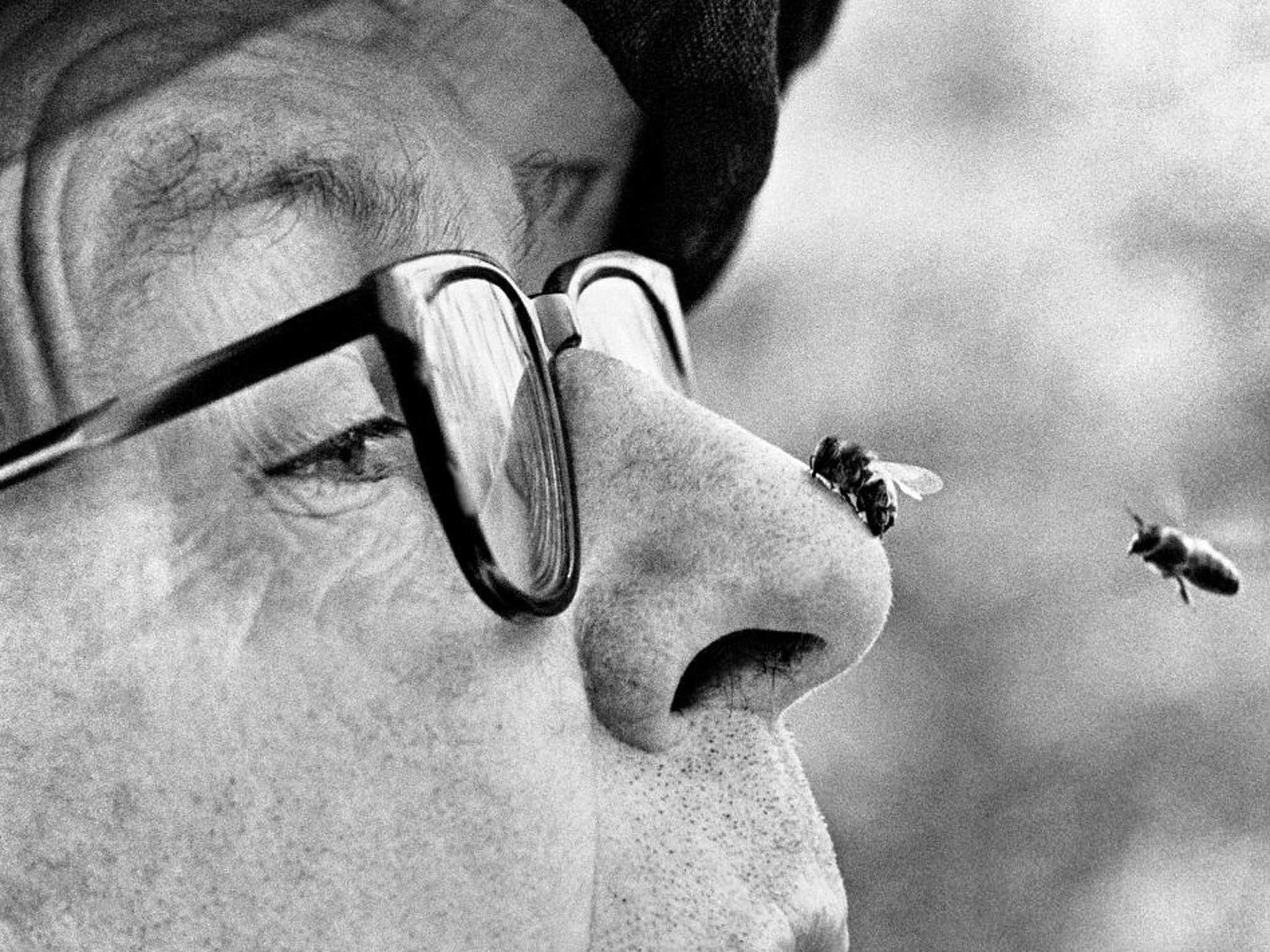Where is the worst place on the body to get stung by a bee? One student has found the answer...
Michael Smith of Cornell University put the nostril at the top of the list followed by the upper lip and the penis

Your support helps us to tell the story
From reproductive rights to climate change to Big Tech, The Independent is on the ground when the story is developing. Whether it's investigating the financials of Elon Musk's pro-Trump PAC or producing our latest documentary, 'The A Word', which shines a light on the American women fighting for reproductive rights, we know how important it is to parse out the facts from the messaging.
At such a critical moment in US history, we need reporters on the ground. Your donation allows us to keep sending journalists to speak to both sides of the story.
The Independent is trusted by Americans across the entire political spectrum. And unlike many other quality news outlets, we choose not to lock Americans out of our reporting and analysis with paywalls. We believe quality journalism should be available to everyone, paid for by those who can afford it.
Your support makes all the difference.Throughout history, a select band of the brave has willingly turned into human guinea pigs in the cause of science. Benjamin Franklin got a shock from lightning by flying a kite in a storm. Sir Humphry Davy discovered laughing gas was an effective anaesthetic and Albert Hofman took the first LSD trip in his search for new medicines.
Now, an academic has deliberately subjected himself to weeks of pain to answer one burning question – just where is the worst place on the body to get stung by a bee?
Michael Smith of Cornell University in the US was unstinting in his dedication to the task with even the most delicate parts of his anatomy subjected to multiple stings.
The results, published in the scientific journal PeerJ on Thursday, could shed new light on the human body's sensitivity to pain in general. Mr Smith, who researches bee colonies, said the idea came to him after a chat with his adviser about the occupational hazards. "We speculated it probably really would hurt to get stung in the testicles," he said. "Two days later, by chance, I did get stung there. It didn't hurt as much as I expected it to."
And so a science project began. After choosing 25 locations on the body, Mr Smith grasped a honeybee in forceps, placed it against his skin until it stung him, then allowed the stinger to remain for a minute – five times a day for 38 days.
The results were not quite as expected. He rated his experiences with marks out of 10, compared with a control sting to the forearm which was given a five.
The testicles turned out to be the fourth worst place with an average score of seven, equal with the cheek, palm and armpit. The sorest place, the nostril, was much worse – he rated the experience as a nine – followed by the upper lip on 8.7 and the penis some distance behind in third on 7.3. The least painful locations were the skull, tip of the middle toe and upper arm, all rated at 2.3.
Despite the regular bee stings, Mr Smith admitted that when he came to press a bee to his nostril for the third time, he thought to himself: "I really don't want to get sting in the nose again – that's not fun. Your body really reacts. You're sneezing, wheezing. Your eyes are streaming."
Mr Smith, a graduate student, speculated that the results might not be specific to bee stings. "Everyone knows certain places on the body are more sensitive than others. With a healthy pinch of salt, I would say it's applicable to other types of pain."
He stressed that bees were generally not aggressive towards humans. "If you have a bee buzzing around you and you think it's peeved, if you calm down, don't breathe a lot – they are attracted to carbon dioxide – and slowly walk away, you will be fine. Most stings are probably wasps."
Join our commenting forum
Join thought-provoking conversations, follow other Independent readers and see their replies
Comments